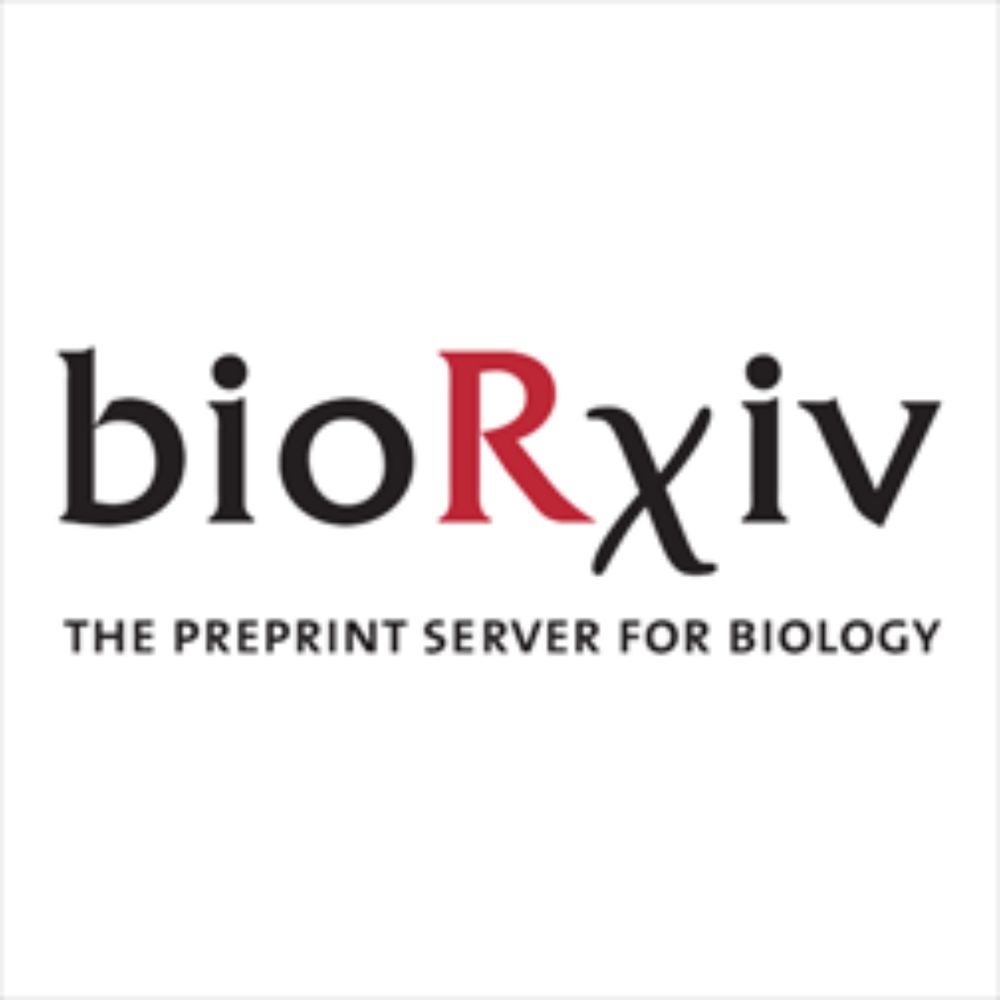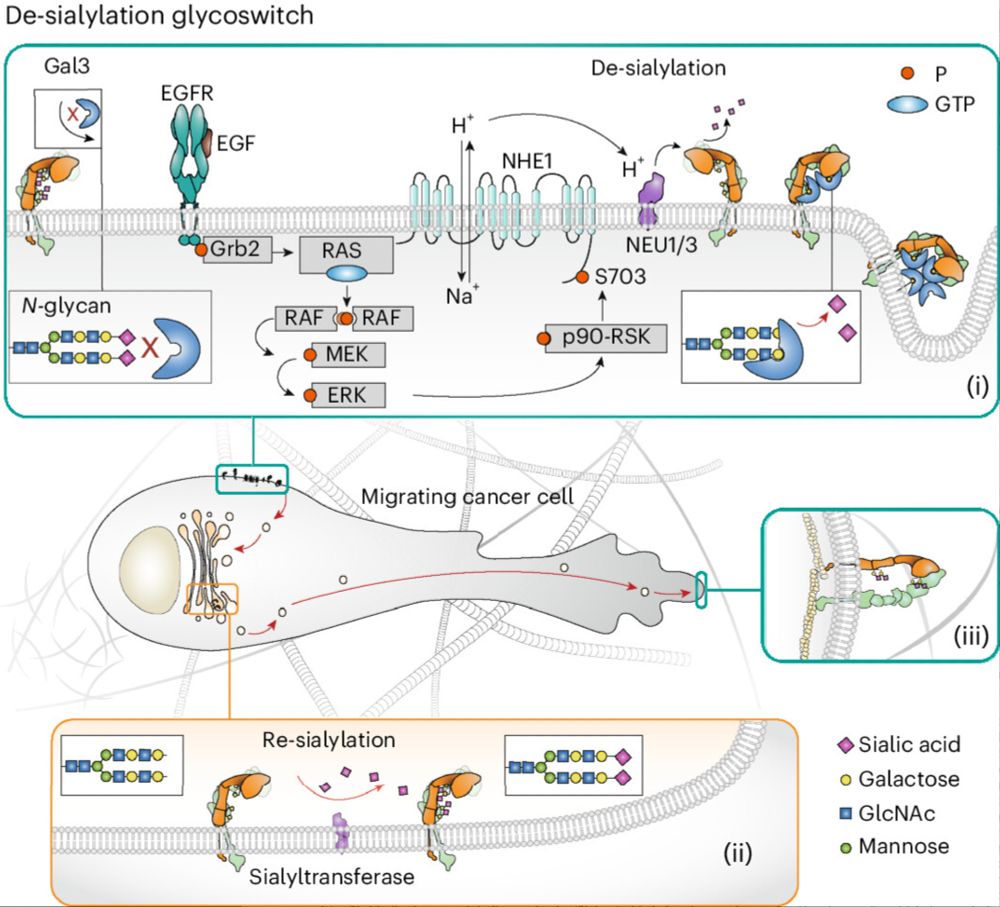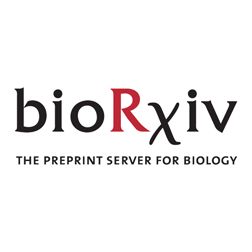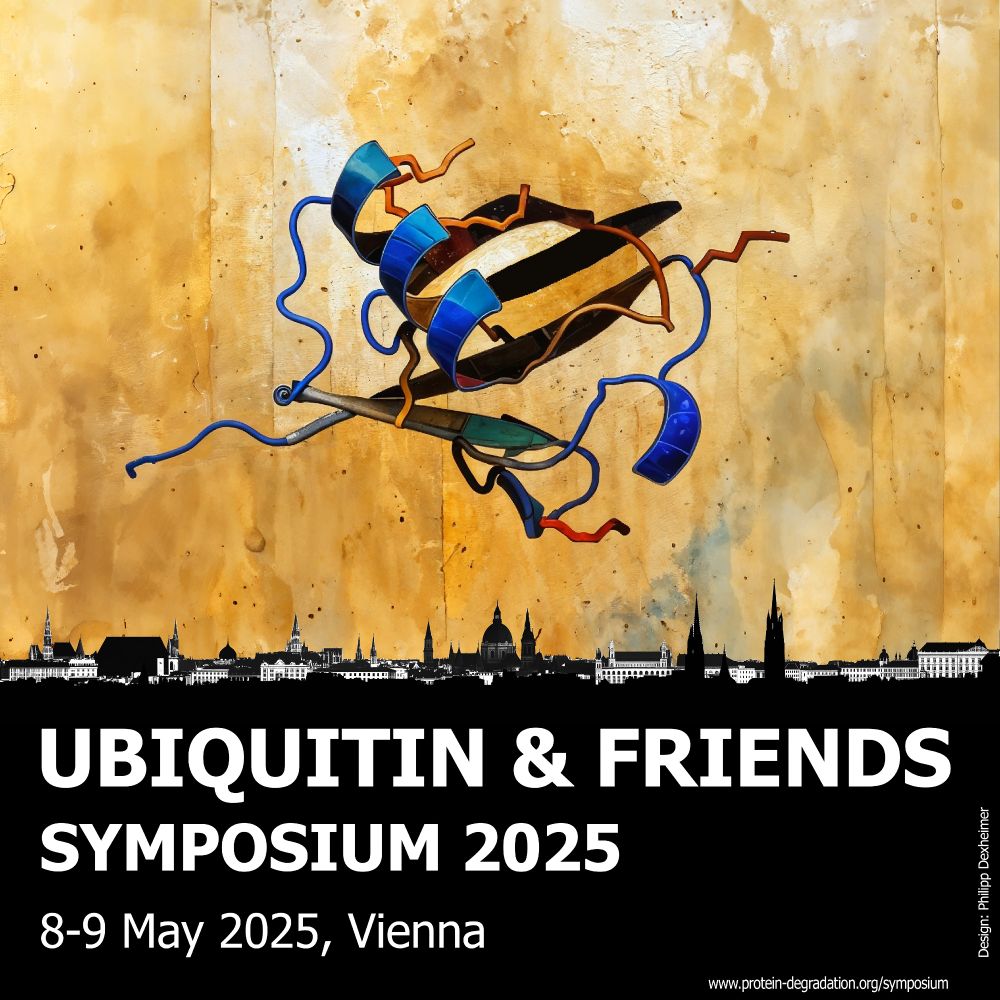Christian Wunder @ Curie Institute
@christianwunder.bsky.social
69 followers
120 following
2 posts
Senior researcher @Institut_Curie
in glycobiology, cell biology and nanotechnology
Posts
Media
Videos
Starter Packs
Reposted by Christian Wunder @ Curie Institute
Reposted by Christian Wunder @ Curie Institute
Reposted by Christian Wunder @ Curie Institute
Reposted by Christian Wunder @ Curie Institute
Reposted by Christian Wunder @ Curie Institute
Lisa Heinke
@lisaheinke.bsky.social
· Nov 29



